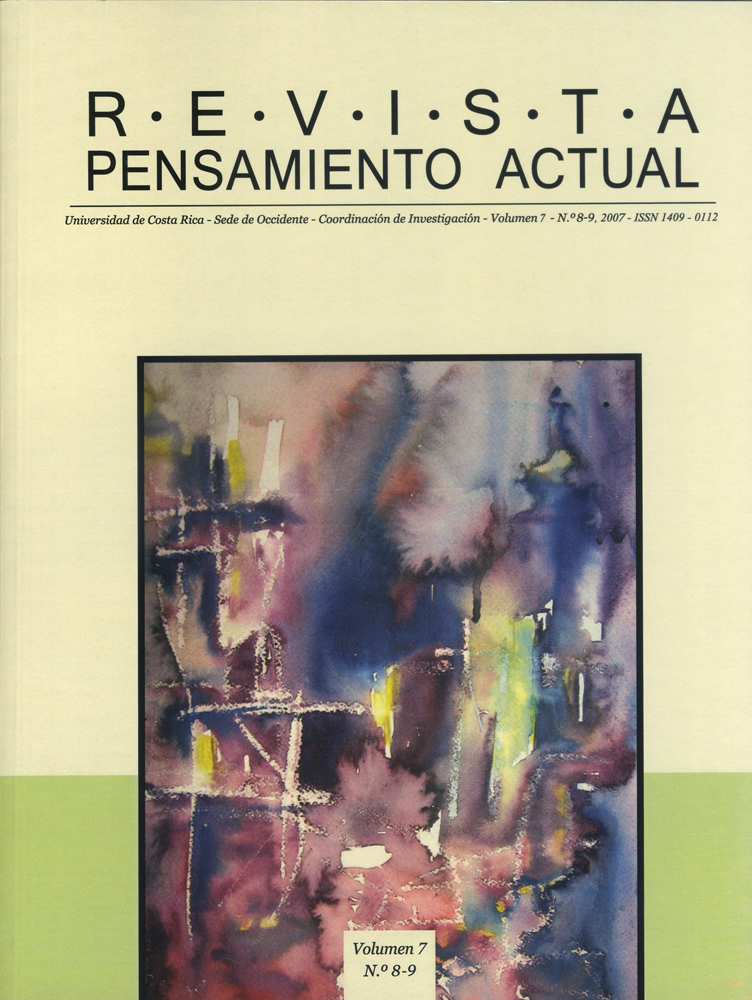Resumen
This study looks at concrete techniques used by teachers of English as a Second Language (ESL) in addressing their students' grammatical, pronunciation, and word choice errors. Four ESL teachers were observed in four different occasions in intermediate level classes. As a way to explore the extent to which these teachers were aware of the ways in which they handled their students' errors, they were all individually interviewed upon completion of the observations. The data showed that students' errors were addressed differently depending on whether they occurred in accuracy practice or in communicative practice; more errors were corrected during accuracy practice. The four correction techniques identified were: correct form, elicitation, negative evidence, and repetition. The technique that was used the most was the correct form, followed by some form of elicitation, negative evidence, and repetition. The interviews revealed that the ESL teachers in the study did not have a concrete idea about the ways in which they addressed their students' errors.##plugins.facebook.comentarios##
Descargas
Los datos de descargas todavía no están disponibles.

